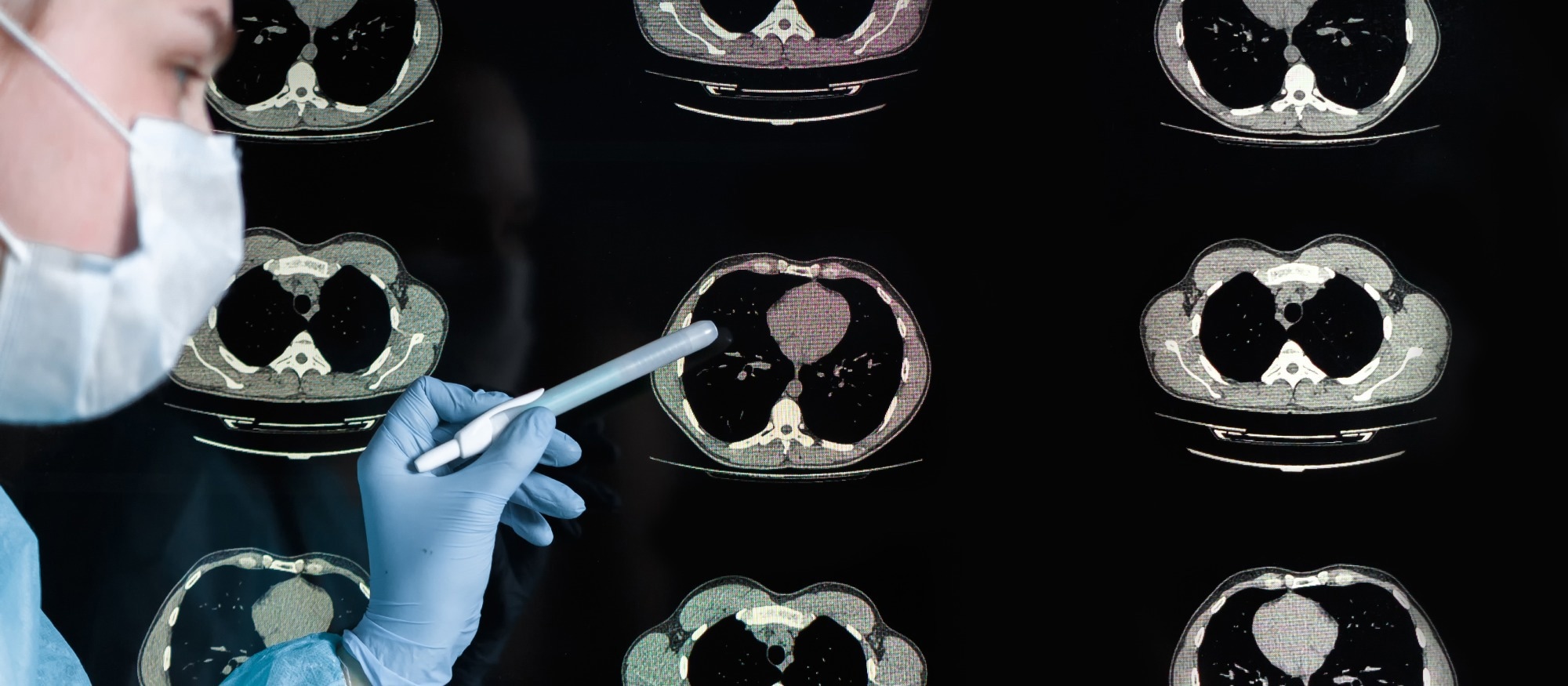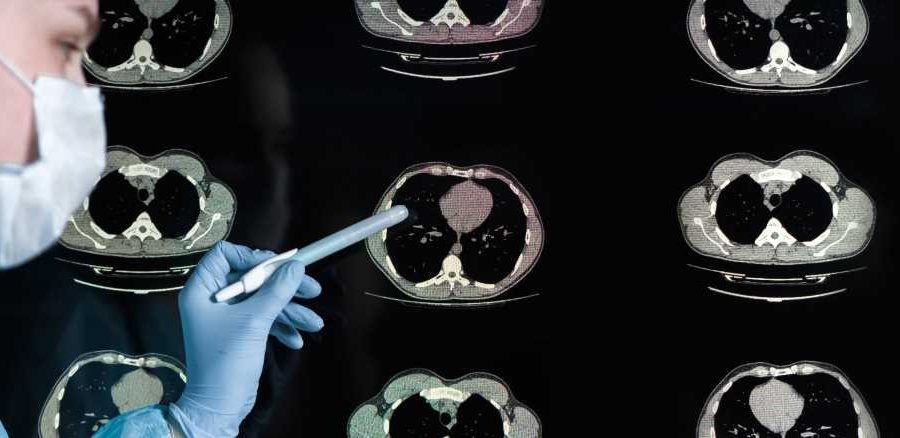Mild to moderate COVID causes inflammation of white matter in brain ten months later
In a recent work published in the medRxiv* preprint server, scientists in Germany performed neuropsychological evaluations and brain imaging of people who recovered from mild to moderate coronavirus disease 2019 (COVID-19).
 Study: Brain imaging and neuropsychological assessment of individuals recovered from mild to moderate SARS-CoV-2 infection. Image Credit: Shyntartanya / Shutterstock
Study: Brain imaging and neuropsychological assessment of individuals recovered from mild to moderate SARS-CoV-2 infection. Image Credit: Shyntartanya / Shutterstock
Background
Analyzing the severe acute respiratory syndrome coronavirus 2 (SARS-CoV-2)'s long-term effects on health outcomes has received immense attention as more people recover from acute infections with the virus. According to previous reports, COVID-19 exerts a significant influence on the central nervous system. It is, therefore, crucial to assess the effects of COVID-19 on brain structure and neuropsychological function in order to help guide future medical treatments.
Most postmortem histopathological and molecular investigations were performed in severe COVID-19 patients. On the other hand, histological results from people with mild to moderate COVID-19 are scarce. In vivo investigations using advanced brain imaging techniques combined with thorough neuropsychological and clinical evaluations are also limited.
On the whole, there is a requirement for additional research in light of the current evidence's limited applicability to individuals with a mild to moderate SARS-CoV-2 infection.
About the study
In the present work, the researchers explored the potential associations between mild to moderate SARS-CoV-2 infection and changes in brain structure seen on magnetic resonance imaging (MRI) scans and neuropsychological abnormalities.
The scientists used modern MRI techniques to explore the imaging phenotypes connected to neurodegeneration, atrophy, cellular/myelin disruption, inflammation, and vascular damage. Participants in the study also underwent thorough neuropsychological and clinical evaluations.
The team followed a retrospective, cross-sectional, case-control design and included 223 non-vaccinated individuals with a SARS-CoV-2-positive polymerase chain reaction test (PCR) obtained between March 1 and December 31, 2020, and received neuropsychological and MRI evaluations within the template of the Hamburg City Health Study with an average 9.7 months upon testing. Further, 223 healthy controls analyzed ahead of the COVID-19 pandemic were selected from the main study and matched for sex, age, cardiovascular risk variables, and education levels.
A positive PCR test verified the SARS-CoV-2 infection. Advanced diffusion MRI measurements of cortical thickness, white matter microstructure, scores of neuropsychological tests, and white matter hyperintensity (WMH) load were the primary study outcomes.
Results
Overall, the study results indicated that the current analysis included 223 mild-moderate COVID-19 convalescent individuals encompassing 100 females, 123 males aged 55.54 +- 7.07, and 223 matched healthy controls comprising 93 females, 130 males aged 55.74 +- 6.60.
Of the 11 MR imaging indicators assessed, substantial variations between cohorts were observed in global measurements of extracellular free-water and mean diffusivity (MD), both of which were higher in the white matter of SARS-CoV-2 recovered people relative to matched controls. The observed rise in MD and free water may be a subliminal indicator of a protracted neuroinflammatory response to SARS-CoV-2 infection.
However, the investigators noted that additional probable pathways for alterations in the extracellular space should be considered. Furthermore, the current data imply that, rather than structural neural damage, variations in the white matter after a mild to moderate SARS-CoV-2 infection most probably indicate minor elevations in extracellular free water.
There were no discernible differences in cortical thickness or indicators of cerebral small vessel disease across the groups. Although previously documented, a mild to moderate course of COVID-19 did not result in visually apparent vascular lesions, i.e., WMH, as evidenced by the fact that WMH load was not substantially different.
Classification accuracy for identifying post-COVID-19 patients according to diffusion imaging markers, including white matter diffusion indices, was about 80%. Given that fiber cross-section accuracy was more accurate than cortical thickness, it was possible that COVID-19-related changes preferentially affect the white matter. Besides, neuropsychological test results did not drastically vary between the groups.
The results of this study suggest that mild to moderate COVID-19 infection is associated with mild microstructural abnormalities in cerebral white matter after acute infection.
Conclusions
Collectively, in the current research, the authors conducted a thorough assessment of known neuroimaging indicators for structural neural integrity to describe neurobiological shifts that could underlie post-acute COVID-19 neuropsychological consequences after a primarily mild to moderate illness course.
The study findings imply that minute alterations in the extracellular water level of white matter could persist after an acute SARS-CoV-2 infection. Nonetheless, within the initial year following recovery, mild to moderate COVID-19 was not linked in the current group to neuropsychological deficits, notable changes in cortical structure or vascular abnormalities. The team mentioned that longitudinal follow-up studies and external validation of the present findings were required to elucidate their clinical implications.
*Important notice
medRxiv publishes preliminary scientific reports that are not peer-reviewed and, therefore, should not be regarded as conclusive, guide clinical practice/health-related behavior, or treated as established information.
- Brain imaging and neuropsychological assessment of individuals recovered from mild to moderate SARS-CoV-2 infection. Marvin Petersen, Felix L. Naegele, Carola Mayer, Maximilian Schell, Elina Petersen, Simone Kuehn, Juergen Gallinat, Jens Fiehler, Ofer Pasternak, Jakob Matschke, Markus Glatzel, Raphael Twerenbold, Christian Gerloff, Goetz Thomalla, Bastian Cheng. medRxiv preprint 2022, DOI: https://doi.org/10.1101/2022.07.08.22277420, https://www.medrxiv.org/content/10.1101/2022.07.08.22277420v1
Posted in: Men's Health News | Medical Research News | Medical Condition News | Women's Health News | Disease/Infection News
Tags: Brain, Central Nervous System, Coronavirus, Coronavirus Disease COVID-19, covid-19, Education, Imaging, Imaging Techniques, in vivo, Inflammation, Magnetic Resonance Imaging, Myelin, Nervous System, Neurodegeneration, Neuroimaging, Pandemic, Polymerase, Polymerase Chain Reaction, Research, Respiratory, SARS, SARS-CoV-2, Severe Acute Respiratory, Severe Acute Respiratory Syndrome, Syndrome, Vascular, Virus

Written by
Shanet Susan Alex
Shanet Susan Alex, a medical writer, based in Kerala, India, is a Doctor of Pharmacy graduate from Kerala University of Health Sciences. Her academic background is in clinical pharmacy and research, and she is passionate about medical writing. Shanet has published papers in the International Journal of Medical Science and Current Research (IJMSCR), the International Journal of Pharmacy (IJP), and the International Journal of Medical Science and Applied Research (IJMSAR). Apart from work, she enjoys listening to music and watching movies.
Source: Read Full Article
